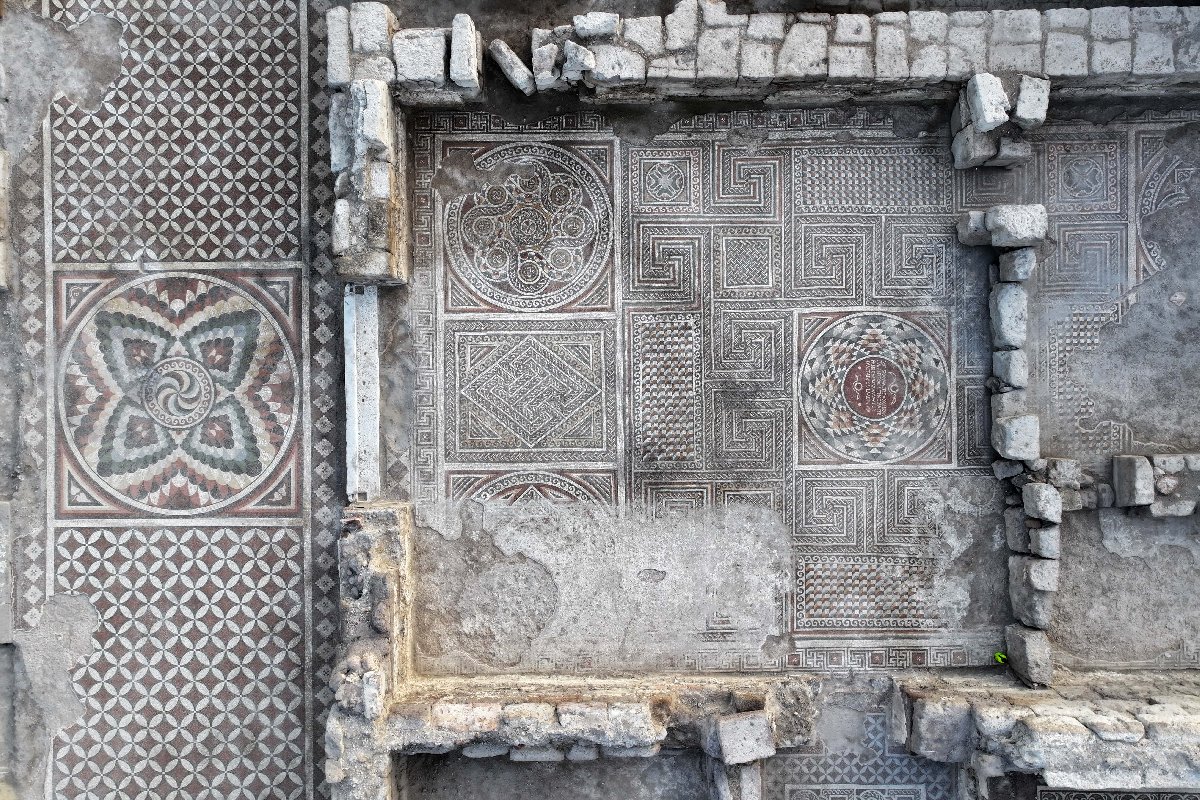
In an excavation of a Roman villa, a mosaic area of 600 square meters uncovered
With the support of the Kayseri Metropolitan Municipality, a 600-square-meter floor mosaic was unearthed in the ongoing excavation of a Roman villa.
It is estimated that the Roman villa was built in the 4th century.
Expressing that the excavation started three years ago, Kayseri Provincial Director of Culture and Tourism, Şükrü Dursun, stated, “The structure is expanding every year. The initial assessment of the mosaic area, which was 300 square meters, has now reached up to 600 square meters.”
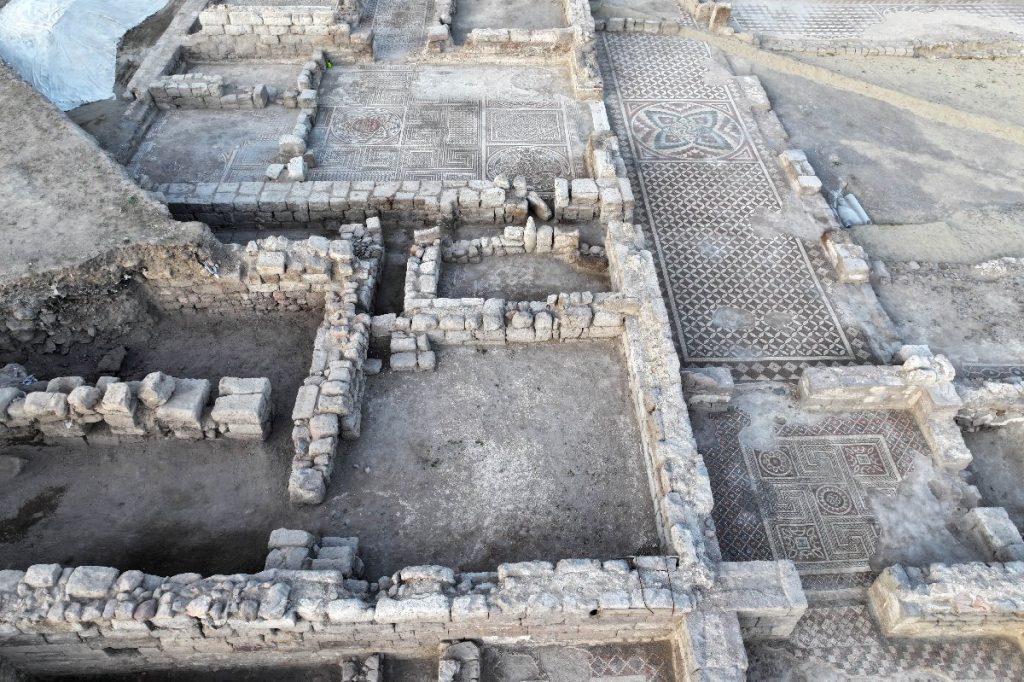
In the reception hall, a Latin inscription was discovered
📣 Our WhatsApp channel is now LIVE! Stay up-to-date with the latest news and updates, just click here to follow us on WhatsApp and never miss a thing!!
Dursun, indicating that the excavations cover an area of approximately 4,000 square meters, continued his words as follows:
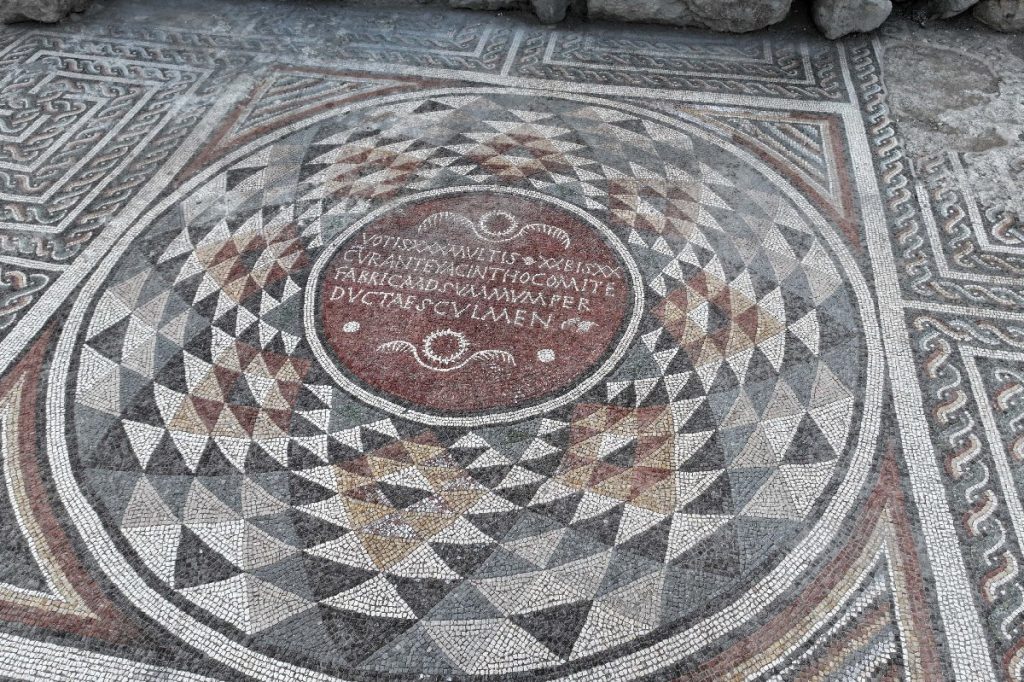
“In our assessments, we have come to the conclusion that this place was built in the 4th century. According to the findings, there are also traces dating back to the 3rd century and beyond. The quality craftsmanship used in the floor mosaics suggests that this place was used as a very important villa in its era.
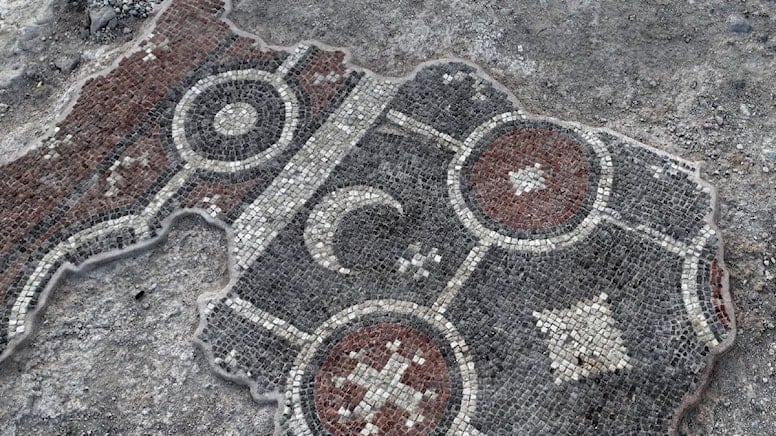
In the area identified as the reception hall, a Latin inscription was found. In addition to that, Greek inscriptions were also uncovered. Geometrically decorated mosaics are predominantly present here. We have reached the end of our excavations for this year. Hopefully, our work will continue next year.”
In the inscriptions, the name of the administrator ‘Hyacinthos’ was encountered
The excavation director, Can Erpek, who is also a faculty member in the Department of Art History at Nevşehir Hacı Bektaş Veli University, stated that the structure continued to be used during the Byzantine period and after the Turks came to Anatolia.
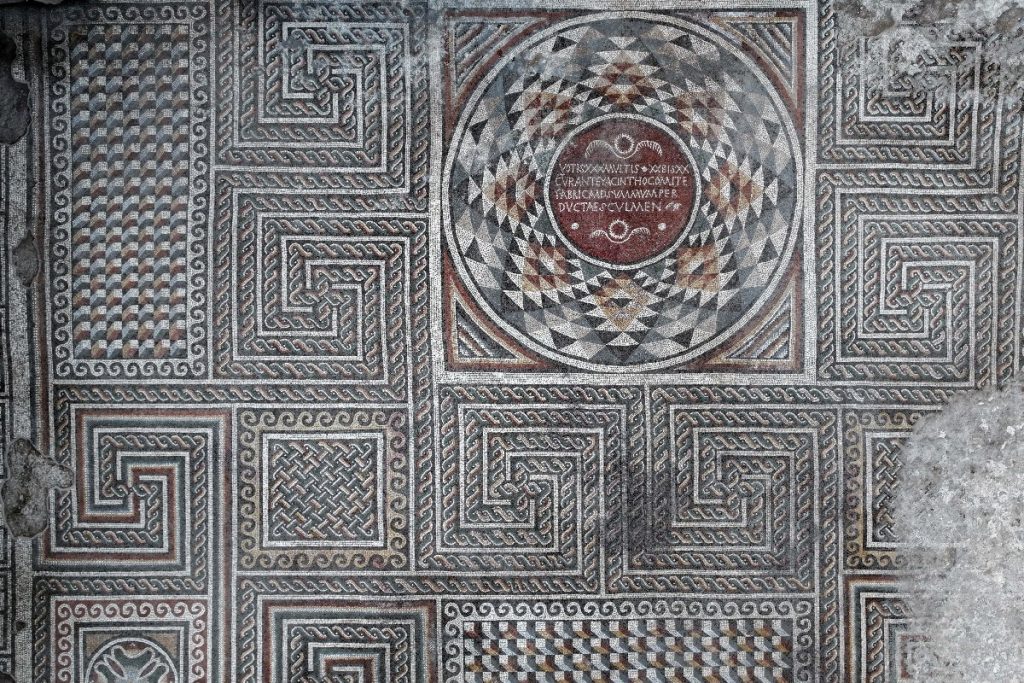
He said, “This place has approximately 33 rooms, spread over a very large area, and is a high-level residence. We have not yet fully reached the boundaries of this residence. It has highly valuable floor mosaics. In the Central Anatolia Region, which includes the Cappadocia region, we do not see such a large residence with floor mosaics. In Cappadocia, during the Roman and Byzantine periods, we generally know about imperial properties. Here, we have encountered the name ‘Hyacinthos’ in the inscriptions. We consider this name to belong to an administrator. When the data becomes clearer, we can more confidently say that it was the residence of an important figure serving in imperial property.”
You may also like
- A 1700-year-old statue of Pan unearthed during the excavations at Polyeuktos in İstanbul
- The granary was found in the ancient city of Sebaste, founded by the first Roman emperor Augustus
- Donalar Kale Kapı Rock Tomb or Donalar Rock Tomb
- Theater emerges as works continue in ancient city of Perinthos
- Urartian King Argishti’s bronze shield revealed the name of an unknown country
- The religious center of Lycia, the ancient city of Letoon
- Who were the Luwians?
- A new study brings a fresh perspective on the Anatolian origin of the Indo-European languages
- Perhaps the oldest thermal treatment center in the world, which has been in continuous use for 2000 years -Basilica Therma Roman Bath or King’s Daughter-
- The largest synagogue of the ancient world, located in the ancient city of Sardis, is being restored











Leave a Reply